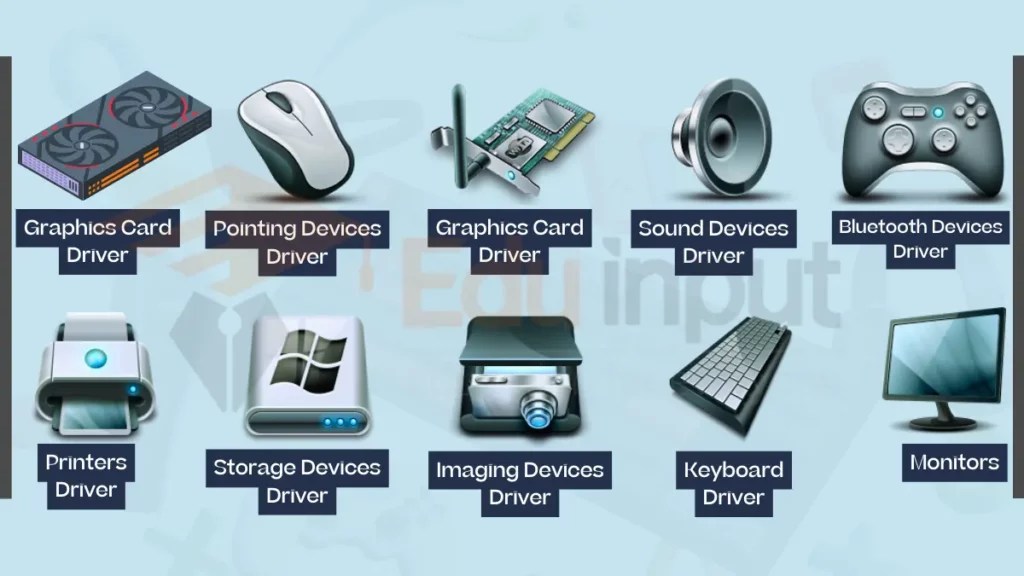The term "drivers" encompasses a wide range of individuals who operate vehicles, from professional truck drivers to everyday car owners. In our modern society, drivers hold a crucial role, influencing not only transportation but also safety, economy, and environmental sustainability. Understanding who drivers are and what they do can shed light on their significance in our daily lives.
As we delve into the world of drivers, we will explore various aspects, including their responsibilities, the challenges they face, and the evolving landscape of driving in the context of technology and regulations. This article aims to provide comprehensive insights into the lives of drivers, their impact on society, and the future of driving.
Join us as we navigate through this intricate topic, providing valuable information that highlights the expertise and authority of drivers in our communities. By the end of this article, you will have a deeper appreciation for the role of drivers and the importance of safe and responsible driving practices.
Table of Contents
- 1. What is a Driver?
- 2. Types of Drivers
- 3. Qualifications and Licenses Required
- 4. The Role of Drivers in the Economy
- 5. Safety and Regulations for Drivers
- 6. Challenges Faced by Drivers
- 7. The Impact of Technology on Driving
- 8. The Future of Driving
1. What is a Driver?
A driver is an individual who operates a motor vehicle, be it a car, truck, bus, or motorcycle. The primary responsibility of a driver is to ensure safe and efficient transportation of passengers or goods from one location to another. The role of a driver goes beyond merely steering a vehicle; it involves understanding traffic laws, vehicle maintenance, and the ability to respond to unforeseen circumstances on the road.
Importance of Drivers
Drivers are essential to the functioning of society. They facilitate trade, enable commuting, and contribute to the economy by providing services that depend on transportation. In urban settings, drivers help relieve congestion and ensure the smooth flow of traffic, while in rural areas, they may be the primary means of accessing essential services.
2. Types of Drivers
Drivers can be classified into several categories based on their vehicle type, purpose of driving, and level of training. Here are some common types:
- Personal Drivers: Individuals who drive their own vehicles for personal use.
- Commercial Drivers: Professionals who operate vehicles for business purposes, such as truck drivers and bus drivers.
- Professional Drivers: Drivers who provide transportation services, such as taxi drivers or rideshare drivers.
- Delivery Drivers: Individuals responsible for transporting goods from suppliers to customers.
3. Qualifications and Licenses Required
Becoming a driver requires meeting certain qualifications and obtaining the appropriate licenses. The requirements can vary based on location and the type of vehicle operated.
Basic Requirements
- Minimum age requirement (usually 16 or 18 years old).
- Completion of a driver's education program (for young drivers).
- Passing a written and practical driving test.
Special Licenses for Commercial Drivers
Commercial drivers may need to obtain a Commercial Driver's License (CDL), which requires additional testing and training. This license is essential for operating larger vehicles such as buses and trucks.
4. The Role of Drivers in the Economy
Drivers play a pivotal role in the economy by facilitating the movement of goods and people. They contribute to various sectors, including transportation, logistics, and tourism.
Economic Impact of Driving
- Driving supports millions of jobs in transportation and related industries.
- It enables local businesses to reach customers and suppliers.
- Driving enhances mobility, allowing individuals to access employment opportunities and education.
5. Safety and Regulations for Drivers
Safety is a paramount concern for drivers and regulatory authorities. Various laws and regulations are in place to ensure that drivers operate vehicles safely.
Key Safety Regulations
- Adherence to traffic signals and road signs.
- Mandatory use of seat belts.
- Strict penalties for driving under the influence of alcohol or drugs.
Driver Education and Training
Driver education programs provide necessary training on safe driving practices, defensive driving techniques, and emergency response strategies.
6. Challenges Faced by Drivers
While driving is a vital part of daily life, it comes with its own set of challenges. These challenges can affect the overall safety and efficiency of driving.
Common Challenges
- Traffic congestion leading to delays.
- Adverse weather conditions affecting road safety.
- Distracted driving due to mobile devices.
7. The Impact of Technology on Driving
Technology has revolutionized the way we drive, offering new tools and features that enhance safety and convenience.
Innovations in Driving Technology
- GPS navigation systems for route optimization.
- Advanced Driver-Assistance Systems (ADAS) for enhanced safety.
- Self-driving cars that promise to transform the future of driving.
8. The Future of Driving
The future of driving is poised for significant changes, driven by advancements in technology and shifting societal trends.
Emerging Trends
- Increased adoption of electric vehicles for sustainability.
- Growth of ridesharing and autonomous vehicle services.
- Focus on smart transportation systems to improve traffic management.
Conclusion
In conclusion, drivers are a vital component of our society, contributing to the economy, transportation, and safety. Understanding the various aspects of driving, from the qualifications required to the challenges faced, can help us appreciate the role of drivers in our lives. As technology continues to evolve, the future of driving promises new opportunities and challenges. We encourage you to share your thoughts in the comments below, explore more articles on our site, and stay informed about the ever-changing landscape of driving.
Closing Remarks
Thank you for taking the time to explore the world of drivers with us. We hope this article has provided valuable insights and encourages you to return for more informative content on driving and related topics.




